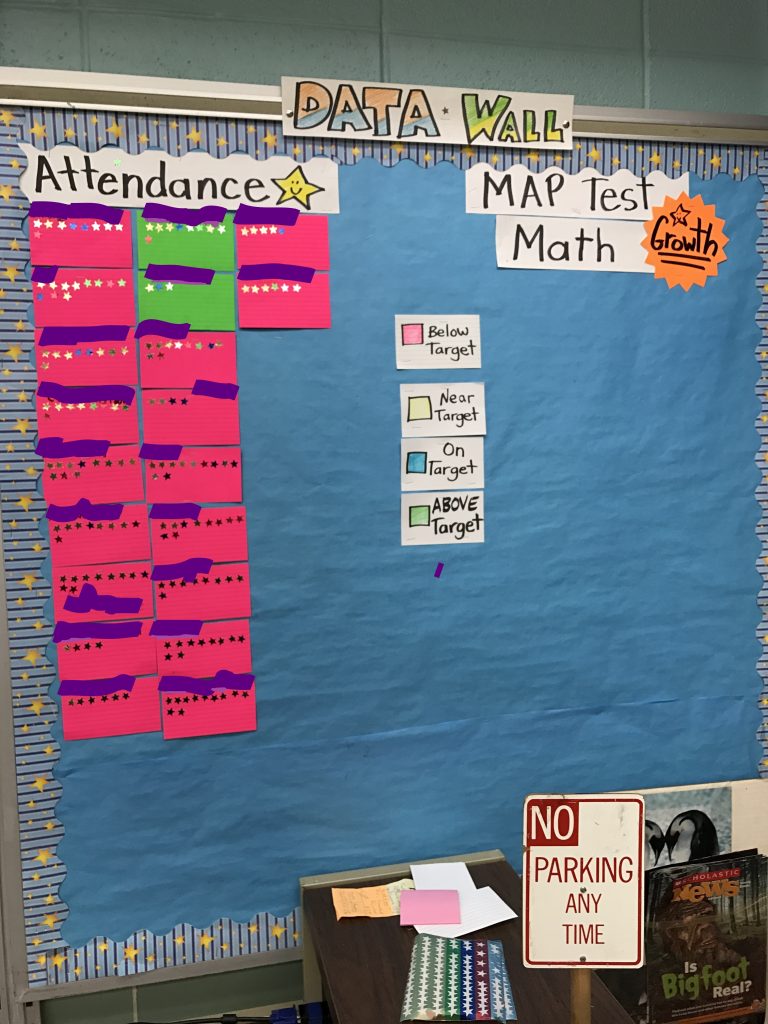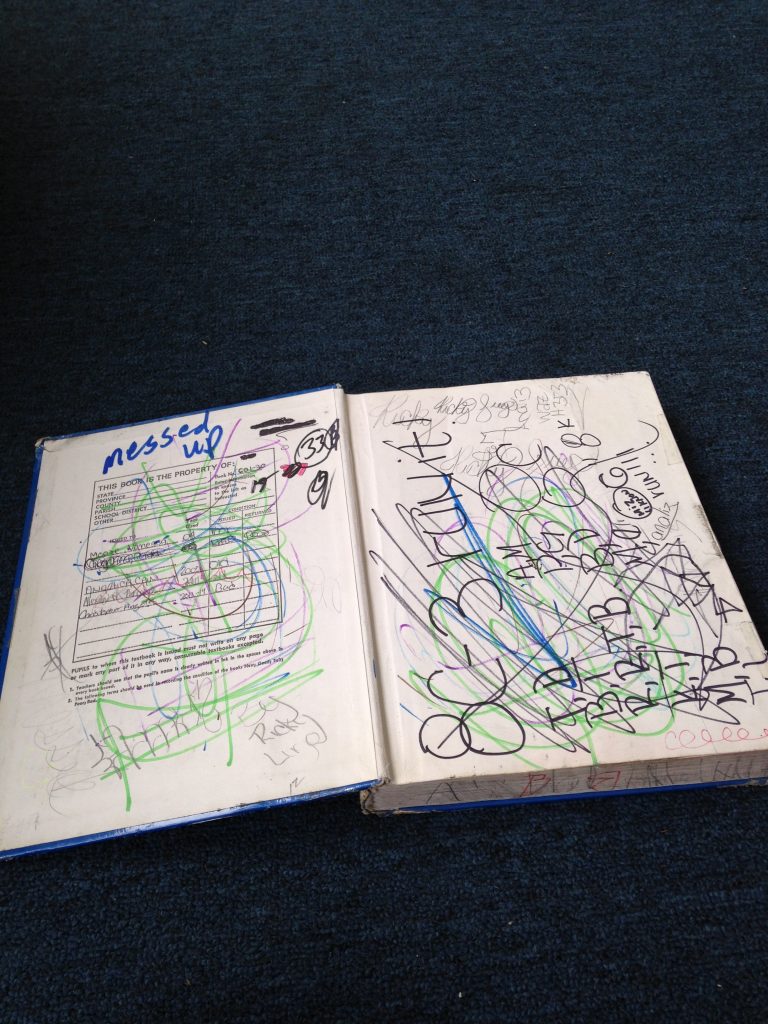Tired of discussing this issue? Here’s today’s story: Florida second-grader suspended 36 times over mask mandate (nypost.com). It’s no surprise that this particular story comes out of Florida. Mom is outraged that her girl may have to repeat the grade, despite a teacher’s report that she has fallen far behind due to missed class time. I’m just sorry for the kid who has a mom who is proud of her girl for getting regularly thrown out of school. There are additional in-school suspensions too. Time after time, little Fiona lost learning opportunities. What did mom expect would happen?
Amazingly, we are still doing “The Battle of the Masks.”
Let’s start this post with an observation: Not all the anti-mask information is bogus. From the CDC itself at Effectiveness of Cloth Masks for Protection Against Severe Acute Respiratory Syndrome Coronavirus 2 – Volume 26, Number 10—October 2020 – Emerging Infectious Diseases journal – CDC:
Abstract
“Cloth masks have been used in healthcare and community settings to protect the wearer from respiratory infections. The use of cloth masks during the coronavirus disease (COVID-19) pandemic is under debate. The filtration effectiveness of cloth masks is generally lower than that of medical masks and respirators; however, cloth masks may provide some protection if well designed and used correctly. Multilayer cloth masks, designed to fit around the face and made of water-resistant fabric with a high number of threads and finer weave, may provide reasonable protection”… In community settings, however, cloth masks may be used to prevent community spread of infections by sick or asymptomatically infected persons, and the public should be educated about their correct use.”
Unfortunately, this mask guidance has been twisted around to say simply that cloth masks don’t work. That’s not what the abstract says. That’s not what most of the studies out there say, although I am sure if I dug I could find contrary information. I could probably find a story detailing how the aliens who took over the US government in 1964 have been placing special chemicals on our masks to brainwash and subjugate any men or women foolish enough to cover their faces. You can find almost anything and everything in cyberspace if you are willing to look long enough.* If you can’t find it, you can create it.
There’s an important kernel of information for parents and teachers in that CDC abstract that deserves attention, though. The CDC acknowledges that the “filtration effectiveness of cloth masks is generally lower than that of medical masks and respirators; however, cloth masks may provide some protection if well designed and used correctly.” The key takeaway here is that certain masks are better than others. A few helpful articles:
- When and how to use masks (who.int)
- 7 tips for making masks work in the classroom
I’ll ignore the many people wearing a mask below their nose. Those masks are pretend masks, of course. But other masks may unintentionally not be serving their purpose. A single layer of looser-weave cloth, especially one that does not fit well, may also be a pretend mask. If your glasses fog, the mask fits poorly. If the mask gaps anywhere, the mask fits poorly.
When someone says, “cloth masks don’t work,” the rebuttal is in the above CDC article on the effectiveness of cloth masks. They do work, if you do them right. They are not perfect. The N-95s and medical-grade masks are better, if you can find them in the correct size. But that cloth mask is a viable option.
Eduhonesty:
I created this post for another reason, too. I believe mask burn-out has been mushrooming lately. Aside from masks riding on chins, I see many other masks that I know can’t be working well. That bulging cheek pooch may be nothing but a big air canal in the middle of a mask. A few well-placed staples take seconds and can render a mask much more protective.
Masks work. Not perfectly. Nothing works perfectly, but we have entered a time of trade-offs. Saturday evening movie? I decided to take a pass in favor of a Tuesday matinee or even HBO+. We are making our trade-offs, many of us, while others are just trusting their parachutes.
As part of these school mask discussions, it’s vital to remember kids are a special category of problematic. A sad friend with MS will be skipping his family Thanksgiving this year due to nieces and nephews who are out in the world, going to school and not yet vaccinated. He’s not happy. However, he is immunocompromised and he is sensible.
Tired of battling face coverings, reader? Me too! But it’s not time to give up yet — because it’s not over yet. Kudos to that school in Florida for holding its ground. We can’t let COVID fatigue stop us from trying to make the world safe for as many people as possible.
Hugs to my readers! Jocelyn Turner
*For fun, I put ” detailing how the aliens who took over the US government in 1964 have been placing special chemicals on our masks to brainwash and subjugate any men or women foolish enough to cover their faces” into Google. The fourth entry that came up from this search was “Time traveller WARNING: ‘Man from 2030’ says aliens will INVADE Earth in 2028.” Apparently this fellow Roman has been on YouTube explaining that “the greys” are on their way. What I Ioved about this article was that the author did not reject the idea that a species from a destroyed planet might be already here and coming soon in much greater numbers. However, the author did imply that Roman’s claim should be viewed skeptically since the evidence suggested short-term travel back in time was impossible.



